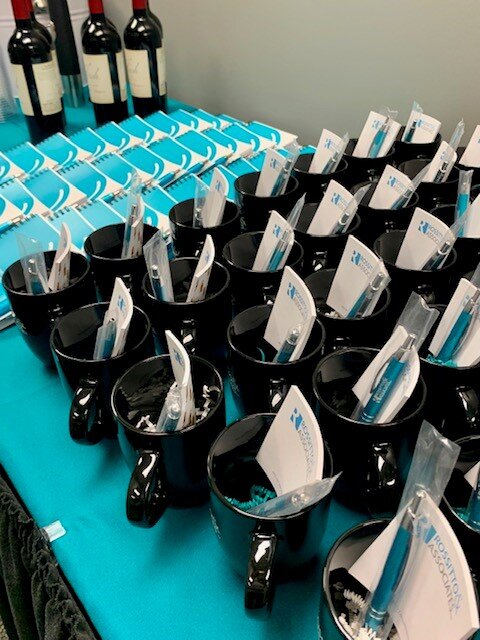The American Rescue Plan Act has passed: What’s in it for you?
Congress has passed the latest legislation aimed at providing economic and other relief from the COVID-19 pandemic that has haunted the country for the last year. President Biden is expected to sign the 628-page American Rescue Plan Act (ARPA), which includes $1.9 trillion in funding for individuals, businesses, and state and local governments.
The ARPA extends and expands some of the critical provisions in the CARES Act and the Consolidated Appropriations Act (CAA). It also includes some new provisions that should come as welcome news to many families and businesses.
Key provisions for individuals, businesses and other employers
Here’s a broad overview of some of the provisions that may affect you:
Individuals
Additional direct payments (or recovery rebates) of $1,400 — plus $1,400 per dependent (including adult dependents) will be made to eligible individuals. To qualify, individuals must have an adjusted gross income (AGI) of up to $75,000 per year, ($150,000 for married couples filing jointly and $112,500 for heads of households). The payments phase out and are no longer made when AGI exceeds $80,000 for individuals, $160,000 for married joint filers and $120,000 for heads of household.
For eligible individuals, the Child Tax Credit (CTC) increases to $3,000 for each child age six to 17 and $3,600 per year for children under age six. To be eligible for the full payment, you must have a modified AGI of under $75,000 for singles, $112,500 for heads-of-households and $150,000 for joint filers and surviving spouses. The credit phases out at a rate of $50 for each $1,000 (or fraction thereof) of modified AGI over the applicable threshold.
Parents will begin receiving advance payments of part of the CTC later this year. Under the ARPA, the IRS must establish a program to make monthly payments (generally by direct deposits) equal to 50% of eligible taxpayers’ 2021 CTCs, from July 2021 through December 2021.
Some taxpayers who aren’t eligible to claim an increased CTC in 2021, because their income is too high, may be able to claim the regular CTC of up to $2,000, subject to the existing phaseout rules.
For 2021, there’s an expanded child and dependent care tax credit of up to $4,000 for childcare expenses for one child and up to $8,000 for two or more children for households making up to $125,000.
Any student loan debt forgiven between December 31, 2020, and January 1, 2026, will receive tax-free treatment.
An additional $300 per week in unemployment benefits will be paid through September 6, 2021. In addition, the first $10,200 in unemployment benefits received beginning in 2020 isn’t included in gross income for taxpayers with AGIs under $150,000. (However, for joint filers below the AGI limit, the $10,200 exclusion applies separately to each spouse.)
There’s expanded availability of and increased Affordable Care Act (ACA) subsidies for those who obtain insurance in the ACA marketplaces, for 2021 and 2022.
Federal rental assistance is included for families affected by COVID-19, applicable to past due rent, future rent payments, and utility and energy bills.
There’s expanded eligibility for low-income individuals with no qualifying children to claim the Earned Income Tax Credit.
Businesses and other employers
Pandemic assistance grants will be made to eligible businesses serving food or drinks, including restaurants and food trucks.
There will be additional funding for forgivable loans to eligible businesses under the Paycheck Protection Program (PPP), which is currently scheduled to expire on March 31, 2021.
Nonprofit organizations and online news services will receive expanded PPP eligibility.
New targeted Economic Injury Disaster Loan grants will be available for eligible small businesses in low-income communities.
The Employee Retention Tax Credit is extended for eligible employers that continue to pay employee wages during COVID-19-related closures or experience reduced revenue through December 31, 2021. This includes “recovery startup businesses” (those businesses that launched after February 15, 2020, with average annual gross receipts of $1 million or less).
Tax credits for paid sick and family leave are modified and extended to September 30, 2021.
The excess business loss limitation is extended through December 31, 2026.
The Section 162(m) limits on the tax deduction that public companies can take for executive compensation is extended to cover the CEO, the CFO and the five next highest paid employees, beginning in 2027.
Make the most of the benefits
With vaccination rates climbing, the ARPA may be the last of the major legislative relief packages addressing the effects of the pandemic. We’d be pleased to provide you with more information on how you can make the most of the benefits available to you, your family or your business.
© 2021












